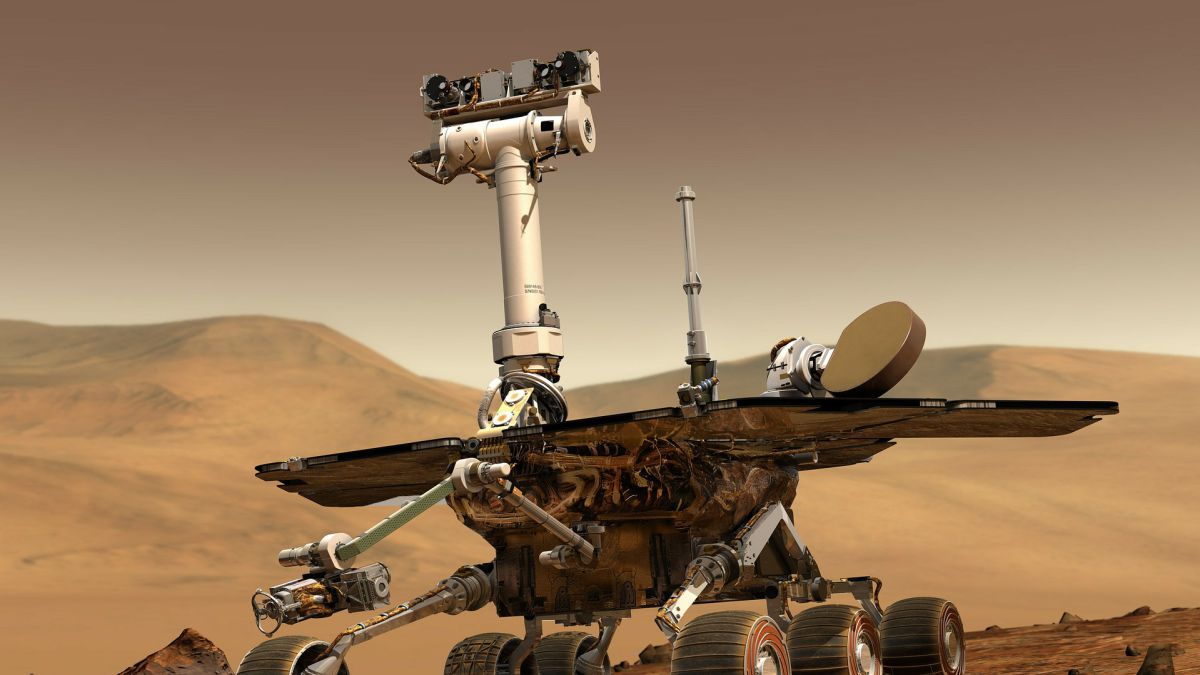Perseverance, NASA’s rover on Mars, has captured a stunning image of a unusual sunset on the Red Planet. This has been announced by the American space agency through the Twitter account that they have created to share the images captured by Perseverance with its Mastcam-Z camera system.
This is mounted on the mast, and can zoom in, focus and take high-speed 3D photos and videos so that you can study distant objects in detail.
One of the characteristics most typical of a sunset on the Red Planet is the predominance of a peculiar blue color. As NASA itself explained, this is because “the fine dust present in the atmosphere allows blue light to penetrate the atmosphere more efficiently than colors with longer wavelengths.”
However, in the last image captured by Perseverance, sunset color is duller than normal. The reason would be that, at the moment the photograph was taken, the presence of dust in the atmosphere was less than usual. NASA noted that the color was calibrated and balanced in white, so this is not a camera glitch.
“Take a moment to marvel at this: I have captured my first view of a Martian sunset with my Mastcam-Z. It’s easy to be on the go all the time, but you also have to look up“are the words that have accompanied the photograph on Perseverance’s official Twitter profile.
Take a moment to marvel at this: I captured my first view of a Martian sunset with my Mastcam-Z. It’s easy to be go-go-go all the time, but it’s also important to look up. pic.twitter.com/rMT7ovFwv6
– NASA’s Perseverance Mars Rover (@NASAPersevere) November 19, 2021
Connection between La Palma and Mars
The olivine crystal is one of the protagonists of the last weeks. After its discovery in the Cumbre Vieja volcano, which is expelling this mineral, It has been known to be used in jewelry, where it has a value of between 40 and 300 euros per carat. What’s more, This mineral has been discovered on Mars by Perseverance, that a sample has been saved to be sent to Earth.
The main objective of this rover’s mission on Mars is the astrobiology, look for signs of ancient microbial life on the Red Planet. Its mission is to characterize the geology of the planet and pave the way for human exploration of the planet.

